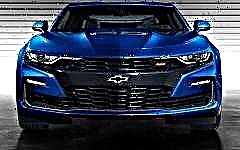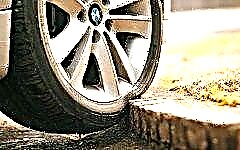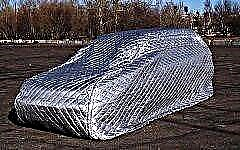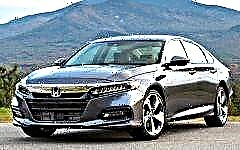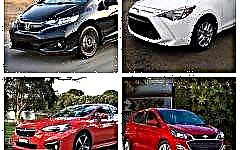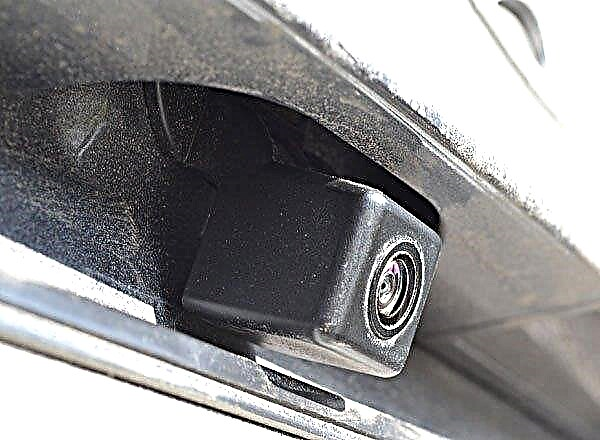
The content of the article:
- Purpose
- Components
- Principle of operation
The first surveillance cameras were installed behind the car, often near the license plate. With the subsequent development of on-board computers and LCD displays, cameras began to be implemented in maximum configurations.
Purpose of the circular view system

The main purpose of the all-round visibility system is to assist the driver during maneuvers in tight conditions. For example, when parking, moving between rows, leaving a blind intersection, where the terrain is poorly visible.
This is one of the car's multimedia subsystems. The system is based on photographing the situation around the car and displaying it on the corresponding information display of the instrument panel. The surround view system is a development of the optical parking system, which was originally based on a rear view camera.

For the first time the use of this system was known on Nissan vehicles in 2007. Today it is used by many leading car manufacturers such as Toyota, Volkswagen, Land Rover or Mercedes-Benz.
Different manufacturers label the system differently:
- Volkswagen calls Area View;
- Land Rover - Surround Camera System;
- Nissan Around View Monitor or AVM.
Mostly the surround view system is installed on premium cars, although Nissan is installing the system on budget cars as well.
The main elements of the system

The system is based on four (five in Land Rover vehicles) cameras as standard. All cameras with a wide angle of view are located around the perimeter of the car, so as to fully capture the view from the outside. As a rule, the front camera is installed in the middle of the radiator grill, the rear camera is located near the license plate light, and the two side cameras are usually located on the rear-view mirror housings. This arrangement of devices gives the most accurate picture along the entire perimeter. The cameras have a high resolution, which allows you to display an image with a high degree of quality.
As for Land Rover, it has two cameras in front instead of one, one on the left and one on the right at the junction of the radiator grille and front optics. This increases the viewing angle from the front.
How the 360-degree view system works

As already mentioned, the main purpose of the system is to convey and make it clear to the driver what is happening around his car. The picture from the cameras is transmitted to the multimedia display located in the car's interior. This image must have a panoramic view around the car (in other words, this is a bird's eye view). There should also be a detailed picture from one or several cameras, the magnification can be changed.
The rear view camera image displays dynamic guides that indicate the recommended and best directional path when parking. The guides will change color from green to red depending on the distance of the car to the surrounding objects.
Typically, the Around Vision System operates at speeds up to 10 km / h for Nissan and 18 km / h for Land Rover. If this speed limit is exceeded, the system automatically turns off. There are two modes as standard, automatic and manual. When the reverse gear is engaged, the system automatically turns on, and the image from the rear view camera is displayed on the screen. As for the manual mode, you can turn on the circular view system yourself, that is, forcibly, and select an image from all cameras or a specific one from a specific camera. See also automatic car parking system.
We can say that in some cases the system can help out well and, if necessary, notify the driver of a possible collision.


